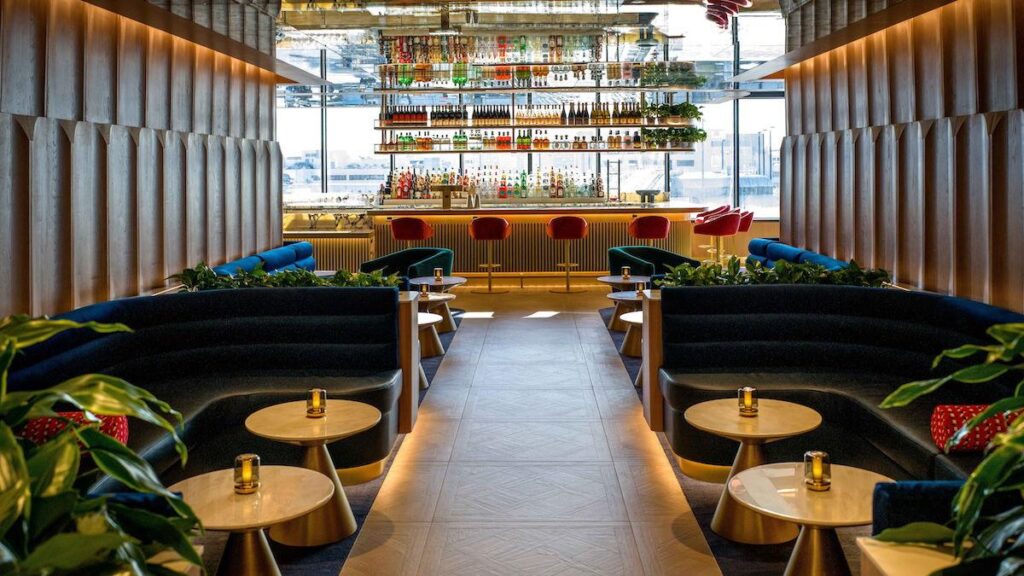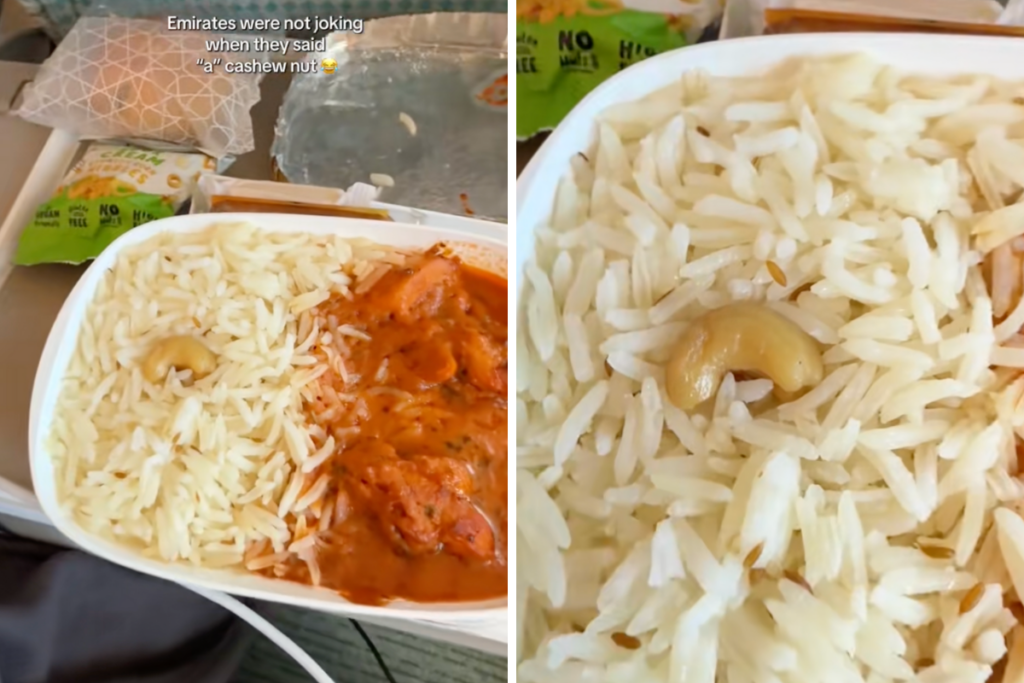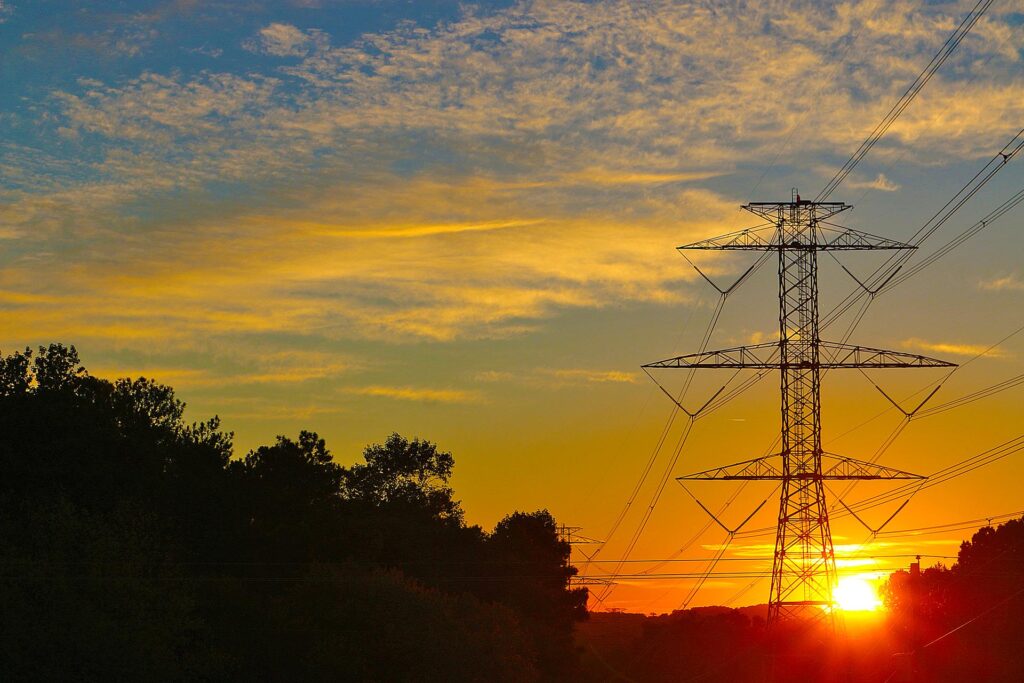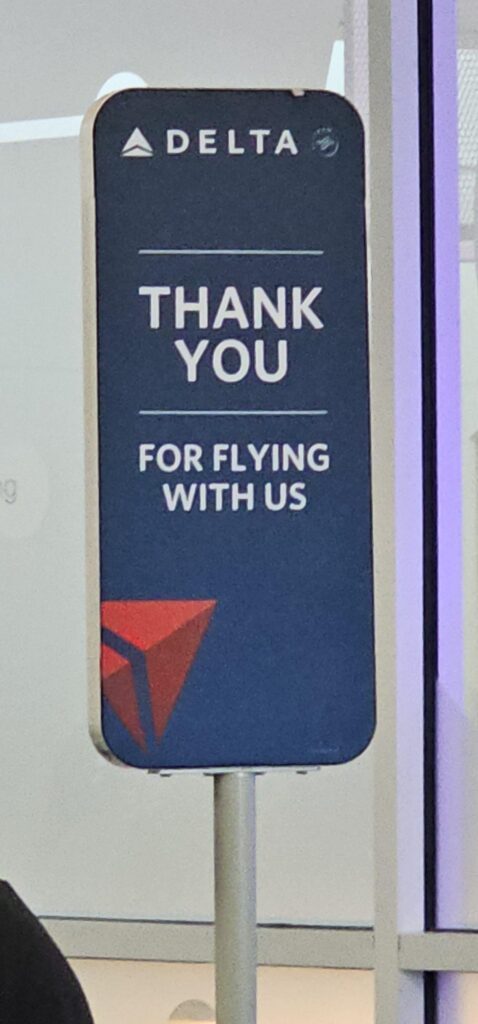
Upside-Down Pineapple: Travel Symbol and Its Hidden Meanings
I’ve spent countless hours immersed in travel articles and chatting with globe-trotters online, and one of the more intriguing symbols I’ve come across is the upside-down pineapple. At first glance, it may look like a simple, playful twist on tropical décor. But for those of us who frequent different corners of the travel scene, there’s a world of meaning hidden behind this curious fruit. While it was once little more than an internet joke, the upside-down pineapple has gained a real-world presence in airline terminals, travel forums, and cruises, fascinating travelers everywhere.
What Is an Upside-Down Pineapple?

In my early explorations, I discovered that pineapples have long been associated with hospitality, dating back centuries when seafaring explorers and royals exchanged the fruit as a sign of welcome. Traditionally, these prickly tropical delights invoked a sense of warmth and communal spirit—something travelers could relate to when meeting new faces in foreign lands.
But flip that pineapple upside down, and the meaning shifts dramatically. I’ve read accounts suggesting this practice has roots in the 1960s and 1970s sexual revolution, when some communities began using discreet symbols to hint at openness to alternative relationship styles. In my conversations with modern travelers, it seems the internet played a significant role in reviving interest in this symbol in the 2020s. According to a 2023 niche travel poll, at least one in ten respondents said they had seen or heard about an upside-down pineapple in a travel setting—often without fully understanding its implications.
Interestingly, many people still admire pineapples for their eye-catching design, entirely unaware of the subtext. That’s why, whenever I see a pineapple tapestry or piece of luggage displayed upside down, I can’t help but wonder: is it just a whimsical decoration, or is it a subtle signal to those who know?
Its Surprising Swinger Connection
One of the most unexpected pieces of trivia I’ve stumbled upon is the upside-down pineapple’s meaning in swinger communities. Many vacationers mention seeing them on cruise cabin doors or at RV campsites, where they serve as a conversation starter for those seeking open relationships. A surprising statistic published in a 2024 relationship survey suggested that at least 15% of frequent travelers recognized the symbol’s link to non-monogamous lifestyles.
While the connection might seem sensational, I’ve found that it often comes down to subtlety and respect. Not everyone who puts a pineapple decoration on their mailbox is aware of its alternative meaning, which naturally leads to some awkward moments. Personally, I recommend striking up a friendly conversation to clarify any mixed signals. In my view, it’s always better to ask politely than assume someone’s intentions—especially with a symbol as playful as the upside-down pineapple.
During one of my online discussions, a fellow traveler recounted a story of spotting a neon pineapple sign at an RV park. Unsure whether it was a swing-friendly signal or mere eccentric flair, they chatted up the owners and ultimately discovered it was just quirky décor. The incident highlights how direct, respectful communication remains the best way to handle these situations, setting the stage for comfortable encounters.
Three Pineapple-Themed Finds for the Curious Traveler

1. Novelty T-Shirts & Hats: I’ve noticed these souvenir-focused items popping up in airport gift shops and local boutiques worldwide. Sure, an upside-down pineapple on a T-shirt can spark fun conversations, but it’s essential to keep the symbol’s subtext in mind. According to a recent study on travel fashion trends, novelty apparel sales rose by nearly 10% between 2023 and 2024, suggesting more travelers are experimenting with eye-catching designs—pineapples included.
2. Cabin Door Décor: If you’ve been on a cruise, you know how popular door magnets and decorations can be. I’ve seen everything from flamingos to pineapples, and it’s sometimes more about showing personality than sending a social signal. However, the upside-down pineapple stands out as a more provocative emblem in some circles. A small magnet might go unnoticed by most passengers, but for those in the know, it could carry deeper meaning.
3. Luggage Tags & Stickers: Adding a sticker or tag can make a suitcase easier to spot on the baggage carousel, and pineapples—both upright and upside down—have become surprisingly popular. Whenever I see these, I wonder if the traveler is simply a fan of tropical motifs or is offering a covert wink to potential like-minded explorers. Even so, it’s wise not to jump to conclusions. The symbol’s growing popularity means lots of folks buy it just because it looks fun.
Where Frequent Flyers Might Encounter It

I’ve browsed plenty of travel forums where seasoned flyers swap stories about encountering upside-down pineapples in the most unlikely places—airport lounges, on passenger bag tags, even on phone cases. A 2024 industry data report on trending travel accessories noted that pineapples ranked among the top five decorative themes. This points to how a seemingly niche concept can go mainstream.
One time, a fellow traveler mentioned spotting a pineapple-themed pin on someone’s backpack at a five-star hotel lobby. Unsure whether it was an invitation or just a style choice, they struck up a conversation and discovered the guest collected pineapple souvenirs from every region visited. No hidden message, just genuine enthusiasm for the fruit’s aesthetic appeal! Interactions like these remind me that we shouldn’t automatically assume an invitation—it can be purely unintentional.
On certain cruise lines, it’s become almost a game to see who can spot the most intriguing door ornaments. Upside-down pineapples, in particular, draw attention. Some people have even turned it into a lighthearted scavenger hunt, snapping photos and sharing their finds on social media. These playful elements add fun to travel, but they also highlight the need to verify context before jumping to conclusions.
Clearing Up Misunderstandings
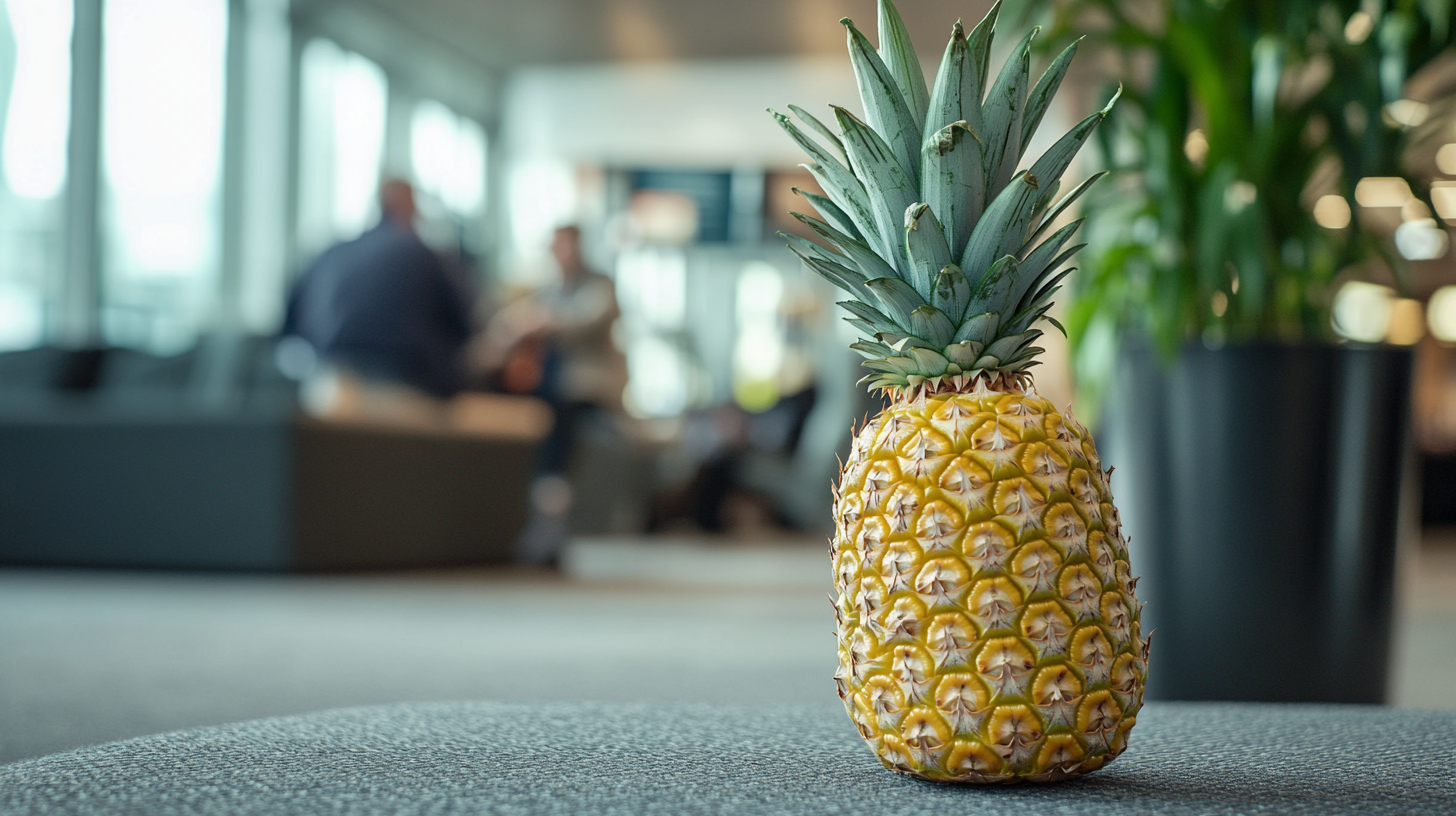
When it comes to this unusual fruit, I’ve learned that context is everything. I’ve interacted with folks who were mortified to discover that their beloved décor or accessory had a code-like meaning they never intended. Others openly embrace it, seeing the symbol as an inclusive sign that fosters conversations about relationship preferences and open-mindedness.
In truth, the upside-down pineapple can be as innocent—or not—as the person displaying it. That’s why I believe honest communication is the most effective way to avoid any confusion. I’ve found the best approach is simply to ask, “Where did you get that pineapple sticker?” or “What inspired you to pick that design?” Such questions keep discussions friendly and casual, allowing both parties to clarify their intentions without embarrassment.
In my experience, people generally appreciate sincerity and curiosity. By staying open-minded and respectful, we can negotiate social symbols without losing the welcoming spirit that pineapples have represented for centuries. I’m all for preserving that sense of warmth, even in today’s increasingly complex travel landscape.
Final Thoughts

The upside-down pineapple may be one of the most unexpected travel symbols out there, but it’s also a classic example of how culture evolves and reshapes once-innocent icons. From historical hospitality emblem to modern discreet nod among swinger circles, the pineapple’s journey is a fascinating study in social dynamics. I’ve noticed that these days, many travelers embrace the theme without realizing the full tapestry of meanings behind it.
Ultimately, whether you see it in an airport gift shop or posted proudly on a cruise cabin door, context and open dialogue matter most. While it can spark plenty of intrigue, I’ve also seen it lead to genuine connections between curious travelers who aren’t afraid to ask questions. The more we explore such symbols, the more we discover how human connections are often shaped by fun, quirky points of interest—and that’s part of what makes traveling so exciting.
Sky Skylar’s Take
From everything I’ve gathered, the upside-down pineapple stands as a sort of travel conversation starter—something that can bring strangers together when approached with an open mind. I’m all for adding a bit of playful mystery to the journey, as long as it’s respectful and embraced with genuine curiosity.
After all, travel has always been about looking beyond the surface to find deeper stories. If a single piece of fruit can spark dialogue about traditions, relationship choices, and the warmth of hospitality, then I’d say that’s one conversation well worth having.
For more insights and the latest travel updates, visit BoardingArea.
- Discover how the majestic 5 Surprising Ways Icon of the Seas Outshines the Titanic offers travelers an unmatched experience compared to the legendary Titanic.
- If Nassau is on your travel itinerary, don’t miss our Frequent Flyers’ Guide: 10 Must-Do Activities in Nassau for a list of unforgettable experiences.
- Stay informed about the latest in travel well-being with our detailed A Year In Review: Wellness Travel Trends.
- For those seeking a luxurious getaway, explore what The Riviera Maya EDITION at Kanai: A Luxe Escape for Frequent Flyers has to offer discerning travelers.
- Step into a world of opulence with Air India Business Class: A New Era of Luxury Travel, setting new standards for air travel comfort and style.



